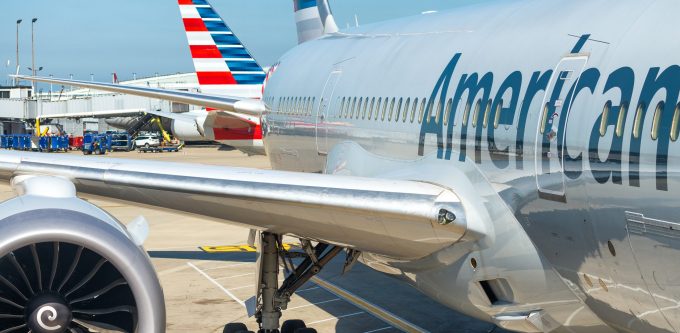No summer siesta for airfreight
Traditionally, air cargo spot rates tend to decline or remain flat at best during H1, ...

Transatlantic load factors and rates are falling, as pent-up passenger demand brings additional capacity to the routes.
Dynamic load factors across the Atlantic have fallen to about 60%, according to Clive Data Services.
“For the first time since Covid, rates across the Atlantic have fallen to a par with the previous year,” said Niall van de Wouw, head of airfreight for Xeneta.
“Load factors are down and rates are sliding to the level they were at last year – and still going down.”
The TAC Index shows rates on the route have fallen below $4 per kg; Milan-US is now 5% lower than a year earlier and Frankfurt to North America has fallen 9% in a week, to $3.81. But the major declines started in mid-April.
US to Europe, however, is still 27% higher than the previous year, but rates are just $2.14.
“Nobody knows how far rates will normalise – there is still quite a bit of room there,” said Mr van de Wouw. “In 2019, rates were about $1.75/kg from Europe to North America, while last year they were at about $4. Where we will end up remains to be seen.
“If it changes from a seller’s to a buyer’s market, rates could go down quite rapidly.”
He added that yields remained about 18% higher than last year, but had been flat, and that it would be “demand, not capacity” that would drive down rates further.
Flexport’s principal supply chain economist, Chris Rogers, said today that inflation and interest rates were suppressing consumer confidence and hitting retail sales on both sides of the Atlantic.
“UK consumer confidence is at its lowest since the early 1970s, and retail sales have trended downwards for eight straight months as of April,” he noted, citing inflation of 9% while wages have risen just 4%, resulting in less disposable income.
The US retail market has also seen a slowdown in growth, falling to 0.9% month on month in April, against an average of 2.4% in the first quarter. US industrial production, meanwhile, increased 1.1% in April over March, and was 6.4% up on the previous year.
Meanwhile, last week China’s SMIC, a major semi-conductor manufacturer, said consumer demand had “dropped like a rock” and some customers had five month’s worth of inventory.
In terms of capacity, bellies on the Atlantic seem set to stay. IATA said passenger travel this year was expected to be about 65% of 2019 levels, with Europe and north America making the fastest recovery.
“Passenger numbers to/from/within Europe are expected to reach 86% of 2019 values in 2022, before making a full recovery in 2024 (105%). After a resilient 2021, traffic to/from/within North America will continue to perform strongly. In 2022, passenger numbers will reach 94% of 2019 levels, and full recovery is expected in 2023 (102%), ahead of other regions.”
IATA also flagged the rising cost of living and inflation as potential setbacks to the revival of passenger traffic.
Director general Willie Walsh this month admonished airports for failing to encourage passenger growth, with particular scrutiny on Schiphol, which has decided on a significant fee increase of some 37%, while cancelling some flights for labour shortages.
“Seeing the Dutch government work to dismantle connectivity, fail to provide critical airport operational resources and enable price gouging by its hub airport is a destructive triple whammy … which will hurt consumers already struggling with price inflation,” he said.
Comment on this article